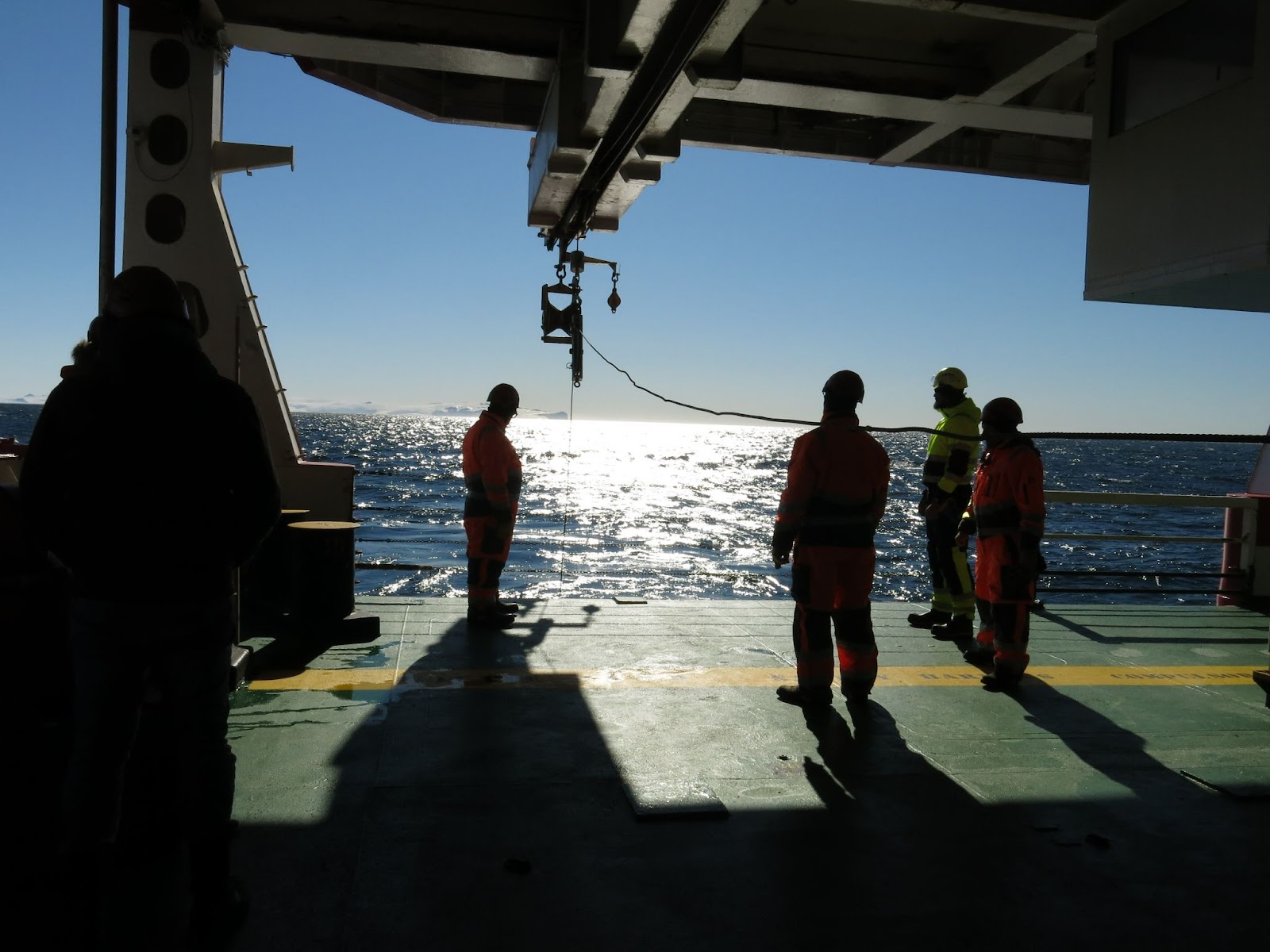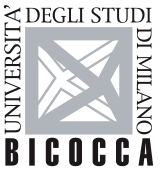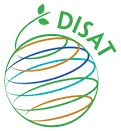OGS (Leader Partner):
National Institute of Oceanography and Applied Geophysics has experience in a) technological development of complex systems of acquisition in Southern Ocean environment, elaboration and recording of geophysical/oceanographic data, b) research infrastructures management (Vessel OGS-Explora and Laura Bassi); c) development of innovative IT systems for sharing geophysical and oceanographic data in public databases; d) collaboration in International Bathymetric Data Sharing Project (e.g. EMODNET, Geo-Seas, Antarctic Seismic Data Library- SDLS).
OGS is in charge for:
- Ensuring ISOBatA quality control (QC) on acquisition, processing and storing of underway data (EM304, EM2040, TOPAS, ADCP, TSG, XBT, Magnetometer) collected following ISOBatA protocols.
- “Data Storage Repository” building: the website will be based on SNAP framework (developed by OGS) where geophysical data can be located, interactively previewed and accessed (Diviacco & Busato, 2013). The interactive data viewers and metadata structure will be based on OGC standards O&M (ISO/DIN 19156), (Diviacco et al., 2012) and OGC WMS and WFS web services.
- ISOBatA will follow EUROFLEETS+ Data Management (DM) policy according to EARS (Eurofleets Automatic Reporting System). EARS is a software environment developed by EUROFLEETS2 partners (OGS included) built in SeaDataNet standard for exchange and sharing data in major European global marine data systems)
Institute of Environmental Geology and Geoengineering - National Research Council of Italy:
Institute of Environmental Geology and Geoengineering - National Research Council of Italy, unit is composed by geophysicists and geologists with expertise in computational geodynamics, morpho-bathymetric, seismo-stratigraphic and structural geology data analysis. It will contribute to develop 3/4D numerical models, including both lithospheric rheology and regional stress regime to explain the observed morpho-tectonic structure of the Emerald Fracture Zone. IGAG kinematic reconstructions will provide the development and growth of tectonic features.
Department of Earth and Environmental Sciences University of Milano-Bicocca:
- Statistical and computational techniques (based on the concept of geomorphometric and backscattering analysis and Object-Based Image Analysis – OBIA) on obtained DTMs and backscattering maps.
- Automated procedure for submarine landform classification to detect geomorphic patterns.
- Interpretation and classification of geomorphic features detected based on internationally-agreed nomenclature and symbology for submarine landforms







